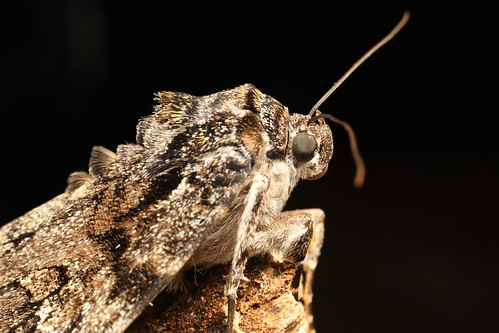Not an uncommon moth, but a distinguished looking one. This is Catocala ilia (Erebidae) ((formerly Noctuidae)), and it feeds on a handful of Oaks. It came into my light over the weekend in Southern Illinois, down in the Trail of Tears State Forest. As with so many other moths this widespread species has a number of variations which may turn out to be distinct – pending a monograph of the species…
I’ve now banked a handful of nice moth images so expect more Monday moths! (even though this is a Friday moth).


How can I resist a post title such as yours? A monograph? Whom, pray-tell, might be publishing such a useful work? =)
Ignoring the otherwise very moth-y appearance of your highlighted moth, in isolation, it’s antennae would certainly have me scratching my head when going through my VERY crude “moth-or-butterfly” examination. So, are the tips of the antennae the same width as the rest, generally, no bulb or some such? And feel free to edify if I’m off base. =) I know if I see feathered I think moth, and if I see a bulb or other larger-then-rest-of-antennae blob at the terminus, I think butterfly. Can you clarify/correct/confirm that and apply to this individual?
Thanks, and looking forward to subsequent posts.
ugh, WHO, not whom. pardon. =)